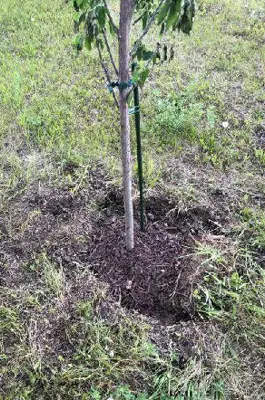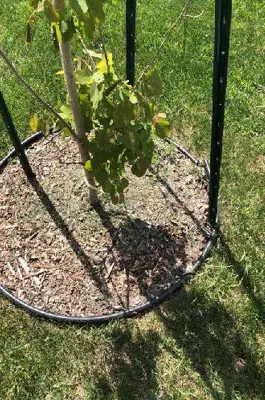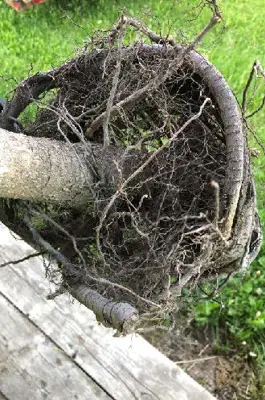Avoid Common Tree Planting Mistakes
Throughout my career as a Tree Expert, I have covered this topic many times during my talks. I have seen and inspected many trees where they had been planted with many common and, more importantly, avoidable mistakes. Unfortunately, many of these common mistakes are the main cause of tree decline or mortality. Even in a best case scenario, these mistakes can hinder the survival, growth, and health of the trees. I have put together this summary of common errors and insights on how to avoid them.
Selecting the Wrong Tree Species
Choosing the right tree species for your location is paramount to success. Different trees have specific climate, soil, and sunlight requirements. Before planting, spend some time thoroughly researching, visit local botanical gardens, tree nurseries, neighbourhood, parks, farms, and consult local experts to identify trees that are well-suited to your area and region. Consider factors such as soil type, temperature, slopes, exposure, water availability, space, and available sunlight to make an informed decision. There are so many tools available that can help you out in the selection of the trees and shrubs for your property.
Ignoring Information on Soil Quality and Quantity
Understanding soil conditions is one of the most important assessments prior to choosing trees for planting. A tree is supported both structurally and nutritionally by its roots in the soil. Any soil limitations will result, directly or indirectly, on tree survival, growth, and vigour, as well as future health problems. The soil's composition greatly influences a tree's growth. Poor soil quality can impede nutrient absorption and root development. Conduct a soil lab test to assess pH levels, nutrient content, and drainage capacity. Amend the soil only when necessary to create an optimal environment for tree growth.
Incorrect Planting Depth
One of the mistakes made during tree planting is planting trees either too deep (the most common mistake) or too shallow. Planting a tree at the wrong depth can lead to various issues, especially in heavy clay soils. Before placing the tree in the planting hole, locate the first level of primary lateral roots or root collar. Ensure that the root collar (root flare) is near or slightly above the soil surface. Planting too deep can suffocate the roots, while planting too shallow may expose them to extreme temperatures and hinder stability.
Over or Under Watering
Establishing a proper watering routine is crucial during the initial stages of tree growth. Overwatering can lead to root rot, while underwatering can cause stress and stunted growth. Understand the water requirements of your chosen tree species and adapt your watering schedule based on factors such as weather conditions, soil type, and tree age. Please make sure that you provide enough water after planting.
Improper or no Mulching
Mulching provides numerous benefits, including moisture retention, weed suppression, and insulation against temperature extremes. However, improper mulching, such as creating a "mulch volcano" around the base of the tree, can do more harm than good. Maintain a proper mulch ring, leaving space around the trunk, to prevent moisture-related diseases and rodent damage.
Skipping Weed Control
Weed control in first 1-5 years of tree life is a crucial aspect of tree survival and it ensures the health and vitality of the planted trees. Weeds can compete with trees for essential resources like water, nutrients, and sunlight, hindering their growth and overall well-being. Skipping and avoiding weed control and using mulching (wood chips and plastic mulch), regular mechanical weeding, and careful use of herbicides will lead to tree mortality and failure.
Improper Staking
While staking can provide stability to young trees, it's essential to do it correctly. Improper staking can restrict natural movement and hinder root development. Use flexible ties and stakes only if necessary, and monitor the tree's progress to determine when it can stand on its own.
Fertilizer Overuse
Applying excessive fertilizer can harm trees rather than benefit them. Once you have completed proper soil testing and chosen appropriate tree species you don’t need to use any fertilizer after tree planting. Avoid fertilizing during periods of drought or extreme weather conditions, and ideally don't fertilize trees and shrubs after July 15.
Contact Us
Saddle Hills
Junction of Hwy 49 & Secondary Hwy 725
RR1, Spirit River AB
T0H 3G0
T. 780-864-3760
Fax 780-864-3904
Toll-free 1-888-864-3760
frontdesk@saddlehills.ab.ca
Sign up to our Newsletter
Stay up to date on the Saddle Hills activities, events, programs and operations by subscribing to our eNewsletters.



